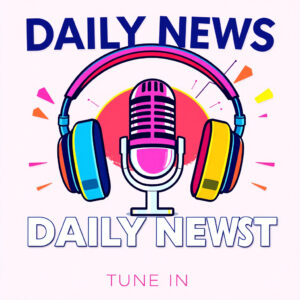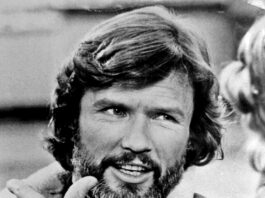In the latest economic update, the U.S. Commerce Department reported a significant moderation in inflation rates, signalling a potential shift in the Federal Reserve’s monetary policy. From July to August, consumer prices rose by a mere 0.1%, a deceleration from the 0.2% increase observed the previous month. Year-over-year, inflation cooled to 2.2%, edging closer to the Federal Reserve’s target of 2%.
This slowdown in inflation is reshaping the economic debate and may be diminishing former President Donald Trump’s advantage on economic issues. A recent poll by The Associated Press-NORC Centre for Public Affairs Research indicates a tightening race between Trump and Vice President Kamala Harris regarding their economic policies. This shift comes as Harris appears to distance herself from the economic criticisms often directed at President Joe Biden’s administration.
The report highlighted minimal increases in grocery costs and a significant 0.8% reduction in energy expenses, propelled by lower gasoline prices. When excluding volatile items such as food and energy, core inflation rose just 0.1% from July to August—continuing a trend below the annual 2% target set by the Federal Reserve. Over the last year, core prices have seen a 2.7% increase, a slight uptick from July.
Economists are taking note of these trends, with Samuel Tombs of Pantheon Macroeconomics commenting on the shift: “Sticky inflation is yesterday’s problem.” This sentiment is echoed by the aggressive monetary easing by the Fed, which recently cut its benchmark interest rate by half a percentage point, and signalled further cuts expected in November and December. The forecast also includes additional rate reductions throughout the next two years.
The Federal Reserve Bank of Richmond’s President, Tom Barkin, supports a measured approach to future rate cuts, emphasizing the need for continued evidence of cooling inflation before making substantial changes to the benchmark rate.
Amid these developments, the U.S. economy remains robust, with recent revisions indicating that Americans were in better financial shape last year than previously understood. Consumer spending and income both saw modest gains last month, aligning with the positive adjustments in financial data from the past year.
Moreover, the economy expanded at a healthy 3% annual rate in the second quarter, driven by strong consumer spending and business investment. Unemployment claims are at their lowest in months, and retail spending continues to rise, suggesting that despite past inflationary pressures and high borrowing costs, American consumers remain resilient.
As the Federal Reserve leans towards further rate cuts, market analysts and economists will closely monitor these trends to gauge the potential impacts on both the U.S. and global economies.




